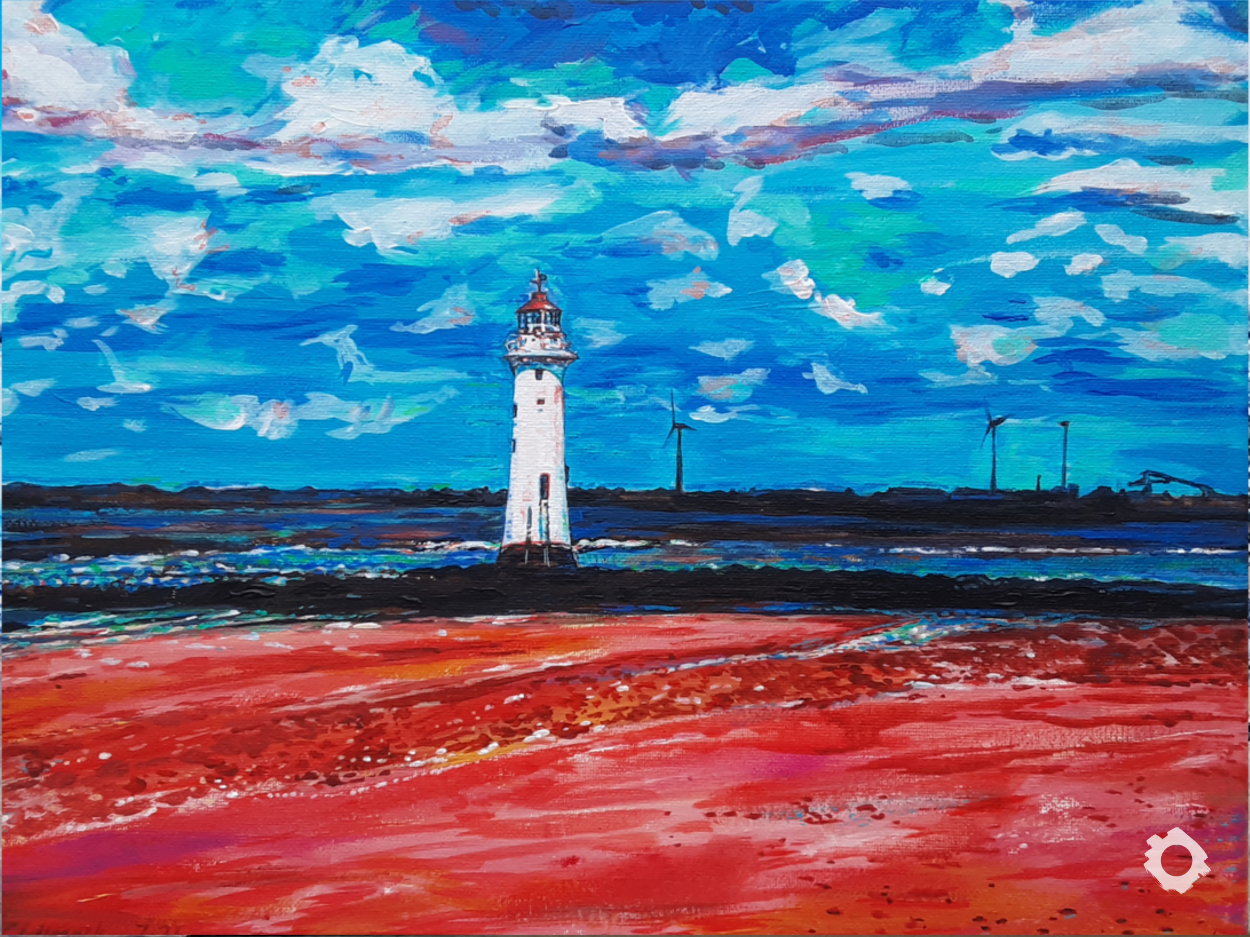Just this week, the latest Studio Ghibli anime feature film – and, now, most likely the final anime to be directed by Hayao Miyazaki, opened in Japan, to both fascination and acclaim. And over the the years, Ghibli’s body...
Just this week, the latest Studio Ghibli anime feature film – and, now, most likely the final anime to be directed by Hayao Miyazaki, opened in Japan, to both fascination and acclaim. And over the the years, Ghibli’s body of work has also attracted significant scholarly interest, with over 20 English-language monographs and essay collections, several themed issues in various peer-reviewed journals, and literally dozens of individual articles and chapters. Scholars have explored many different aspects of the Ghibli universe – among them depictions of particular themes and subjects, such as in The kraft of labour, labour as craft: Hayao Miyazaki’s images of work, and Anorexic in Miyazaki’s land of cockaigne: Excess and abnegation in Spirited Away, audience responses and reactions (Bridge builders, world makers: Transcultural Studio Ghibli fan crafting), and the ways Ghibli films have been translated and adapted outside Japan (The localization of Kiki’s Delivery Service).
One angle that not many scholars have explored yet is the nature of Ghibli works as adaptations. Some of the most well-known Ghibli films are based on works of fiction (Kiki’s Delivery Service, The Wind Rises, The Borrower Arrietty, When Marnie Was There) and others, on comics (Only Yesterday, Whisper of the Heart, My Neighbors the Yamadas, From Up on Poppy Hill). Howl’s Moving Castle was an arguably successful attempt to adapt a British fantasy novel; Tales from Earthsea, an infamously unsuccessful one to create an anime feature film based on an American one. Even Porco Rosso included one scene likely inspired by a Roald Dahl short story. And the new The Boy and the Heron is, according to Miyazaki, “very loosely inspired” by a 1937 children’s book. And it is this aspect of Studio Ghibli’s work that is the subject of a new Call for Papers


Call for Papers: Edited Volume on Studio Ghibli Films as Adaptations
This edited volume seeks to collect scholarship on how Studio Ghibli has adapted stories from other media to film. Many of the Japanese animation powerhouse’s films have their origins in novels or comics, such as Diana Wynne Jones Howl’s Moving Castle. Studio Ghibli cofounder and director Hayao Miyazaki even adapted his own manga, Nausicaä of the Valley of the Wind, into a feature film. We seek proposals – from a variety of disciplines and perspectives = for essays exploring how Studio Ghibli’s storytellers have approached adaptation, as well as what the study of Studio Ghibli’s filmography can contribute to the broader field of adaptation studies.
Possible / Suggested Topics:
We are willing to consider proposals for essays about any Studio Ghibli feature or short film adapted from a story in a different medium, as well as Hayao Miyazaki and Isao Takahata’s pre-Ghibli adaptations. Below are some topics that essays selected for the volume might address. Please consider this list a starting point for possible topics rather than a checklist of desired coverage.
Thematic differences between the manga and film versions of Nausicaä of the Valley of the Wind; Translation of manga art styles to animation; Changes to Sophie’s character in Howl’s Moving Castle; Miyazaki’s experience with Future Boy Conan and its influence on his later approach to adaptation; How The Wind Rises combines Tatsuo Hori’s semi-autobiographical novel The Wind Has Risen and the fictionalized biography of Japanese engineer Jiro Horikoshi; Cultural transformations of Western stories for Japanese audiences; Comparisons between Ponyo and other adaptations of “The Little Mermaid”; Depictions of aerial combat in The Age of the Flying Boat and Porco Rosso; Myazaki’s latest film How Do You Live?, based on the 1937 novel by Genzaburo Yoshino.Submission and Contact:
Interested authors should email the following to keli.fancher@signumu.org and dnardi@umich.edu by October 1, 2023:
300-500 word abstract of your proposed chapter; Contact information – name, email address, and any institutional affiliation; Resume/CV for each author/co-author (in any format).Selected authors will be notified by November 1, 2023, and will be invited to contribute a first draft of a full-length chapter by May 15, 2024. Essays should be between 5,000-7,000 words
About the Editors
Dominic J. Nardi (dnardi@umich.edu) is a political scientist who researches the depiction of politics in science fiction and fantasy. He coedited and wrote chapters for The Transmedia Franchise of Star Wars TV (Palgrave 2020) and Discovering Dune (McFarland 2022). His analysis of governments in The Lord of the Rings won an award for best student scholarship and was published in Mythlore (2014). He received his PhD from the University of Michigan and teaches at George Washington University.
Keli C. Fancher (keli.fancher@signumu.org) is a software engineer and independent scholar of animation and fantasy literature. He received his M.A. in Language and Literature from Signum University in 2020 with his work on the 1974 anime Heidi, Girl of the Alps.
The post CFP: Studio Ghibli Films as Adaptations appeared first on Anime and Manga Studies.The post CFP: Studio Ghibli Films as Adaptations appeared first on Anime and Manga Studies.















